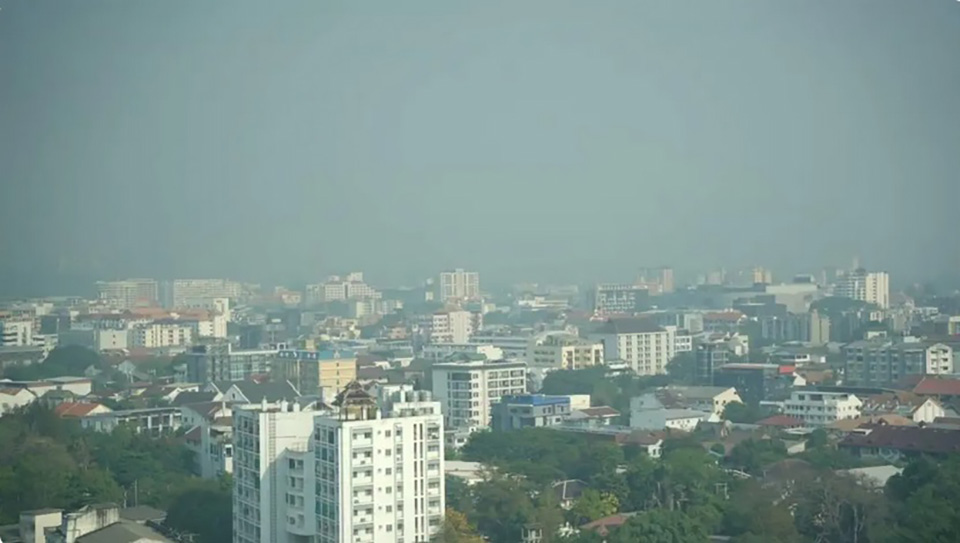
Northern Thailand is confronting a critical public health issue, with Chiang Mai and Lampang provinces experiencing alarmingly high mortality rates from lung cancer linked to the pervasive presence of PM2.5 particles in the air. According to Assoc Prof Chalerm Liewsisakul of Chiang Mai University’s Faculty of Medicine, the last decade has seen a notable deterioration in air quality in the region, correlating with an increase in lung disease cases.
Studies indicate a rapid rise in lung cancer deaths in the North, from 20.3 per 100,000 people in 2010 to 30.7 in 2019. This worrying trend highlights the critical need for immediate action to tackle air pollution and its detrimental health effects, particularly in Chiang Mai and Lampang. The data further reveals a higher incidence of lung cancer among the youth in these areas, suggesting a direct link to prolonged exposure to PM2.5 particles.
Research focusing on emphysema patients in Chiang Dao, a locality known for high PM2.5 levels, shows that exposure leads to cellular changes, hinting at the potential for genetic mutations and cancer development. The adverse health impacts of PM2.5 pollution are further evidenced by a spike in respiratory problems, with serious conditions like emphysema, coronary heart disease, and strokes becoming more common during high pollution periods.
An analysis by the Faculty of Medicine at Chiang Mai University also found a direct correlation between PM2.5 levels and mortality rates, with a 1.6% increase in deaths for every ten micrograms per cubic meter of air (µg/m³) rise in PM2.5. The faculty also confirmed the death of Prof Rawiwan Olarnratmanee, attributing her lung cancer to PM2.5 exposure.
Meanwhile, Maharaj Nakorn Chiang Mai Hospital reported that over 30,000 patients sought treatment for pollution-related illnesses early this year, doubling last year’s figures. (NNT)








